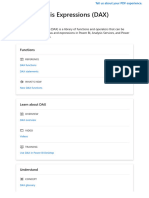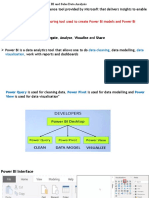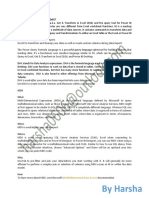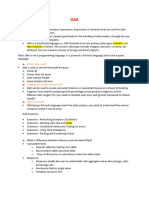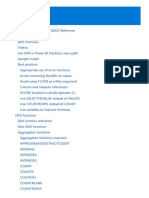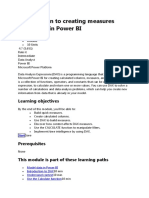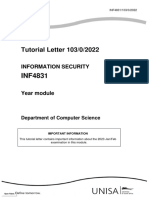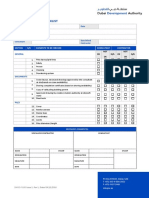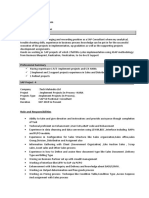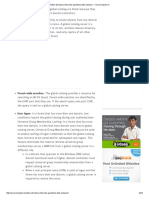0% found this document useful (0 votes)
27 views9 pagesData Analysis Expressions (DAX) - GeeksforGeeks
Data Analysis Expressions (DAX) is a formula language used for advanced calculations and data analysis in Microsoft tools like Power BI and PowerPivot. It offers a wide range of functions for data manipulation, time intelligence, and performance optimization, enabling users to create custom metrics and insights from their data. The document provides an overview of DAX fundamentals, functions, and optimization techniques, along with practical examples to enhance understanding.
Uploaded by
sharath.sCopyright
© © All Rights Reserved
We take content rights seriously. If you suspect this is your content, claim it here.
Available Formats
Download as PDF, TXT or read online on Scribd
0% found this document useful (0 votes)
27 views9 pagesData Analysis Expressions (DAX) - GeeksforGeeks
Data Analysis Expressions (DAX) is a formula language used for advanced calculations and data analysis in Microsoft tools like Power BI and PowerPivot. It offers a wide range of functions for data manipulation, time intelligence, and performance optimization, enabling users to create custom metrics and insights from their data. The document provides an overview of DAX fundamentals, functions, and optimization techniques, along with practical examples to enhance understanding.
Uploaded by
sharath.sCopyright
© © All Rights Reserved
We take content rights seriously. If you suspect this is your content, claim it here.
Available Formats
Download as PDF, TXT or read online on Scribd
/ 9




















